The fascinating wartime story of Sheffield's former RAF base - as amazing aerial photo reveals demolition of site
and live on Freeview channel 276
The hangars and buildings of the World War Two barrage balloon station have stood empty for years and part of the site is contaminated with asbestos.
During the early part of the war, men were trained in an old factory in Bridge Street to handle and fly the barrage balloons, which were filled with hydrogen. They were attached to lorries by winches and were used as part of anti-aircraft defences around the city and Rotherham.
Advertisement
Hide AdAdvertisement
Hide AdThe main role of the balloons was to hold up the cables up to a height of 6,000 feet to counteract low-diving enemy aircraft.
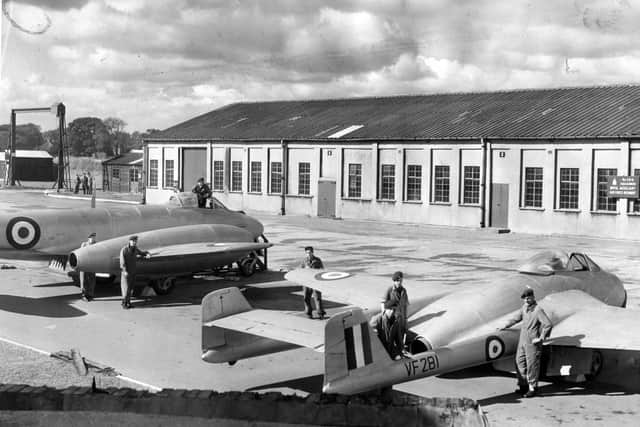

The Norton site was officially called the No 16 Balloon Centre, with Wing Commander Cherry in charge of three barrage balloon squadrons.
The staff included RAF officers and men and members of the WAAF. Some were billeted with local families before housing was provided for them in the area.
According to the excellent book Norton in Wartime, written by Norton History Group, the WAAFs, whose duties included working on the fabric of the balloons, even had a drum and bugle band.
Advertisement
Hide AdAdvertisement
Hide AdIt was a technically challenging and sometimes hazardous job, with highly volatile gas involved. A terrible fire in the hangar injured several WAAFs but news of it was suppressed for morale reasons, says the book.
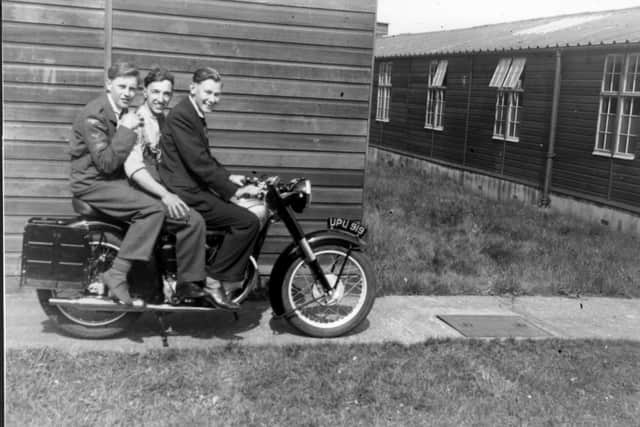

The full force of 72 barrage balloons were flown around Sheffield from Norton to deter low-flying aircraft near the city on the night of the Sheffield Blitz, December 12, 1940.
Many were damaged in the bombardment and had to be quickly replaced.
Later in the war, as men were moved to other active duties, WAAFs were trained as balloon operatives.
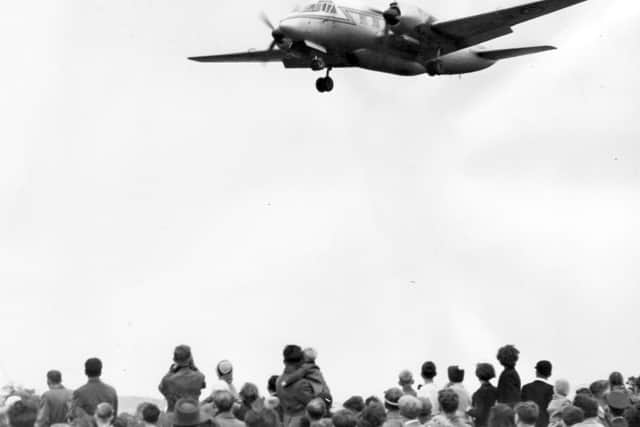

Advertisement
Hide AdAdvertisement
Hide AdThe Air Training Corps 367 Squadron was also based there from 1941 and had an old Gypsy Moth aircraft for practice.
In 1943 the balloons were mainly moved to the defence of London and the Lightwood Lane site was renamed RAF Norton.
It was transferred to Signals Command and became No 3 Ground Radio Servicing Squadron. This continued until 1965, when the squadron was moved to Rutland, and RAF Norton officially closed.
When the base was operational, it held several air shows that drew big crowds.
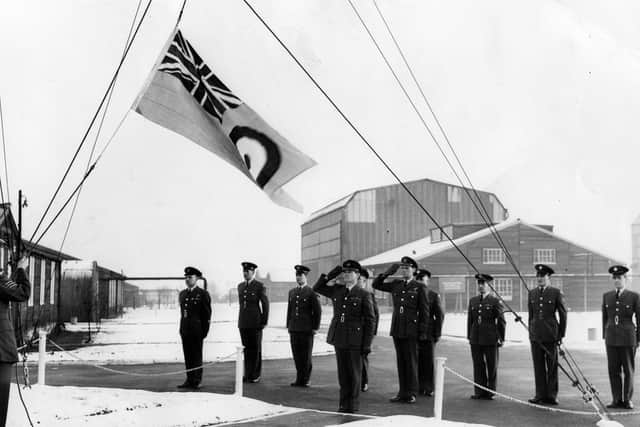

Advertisement
Hide AdAdvertisement
Hide AdAt one point the land was owned by the NHS and there were potential plans to build a hospital on the site.
Many Sheffield learner drivers remember careering around the old RAF ground station, which operated as an off-road driver training centre.
There was talk in 2013 of it being cleaned up and turned into housing.
Various plans proposed for it over the past two decades have included a hotel and business park, a park and ride and a green waste composting centre which was the subject of a campaign to stop it by local residents.
Advertisement
Hide AdAdvertisement
Hide AdSheffield United were also reported last year to be thinking of using the site as a base for their junior team.
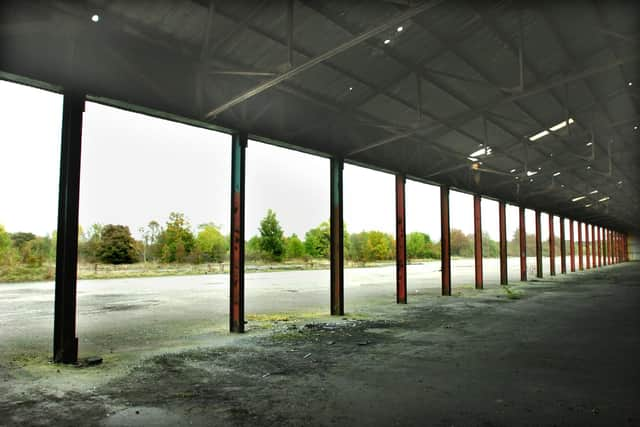

Its future still remains undecided.